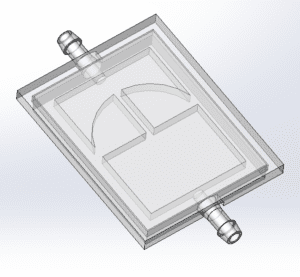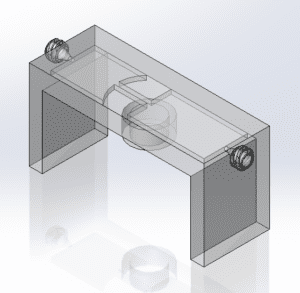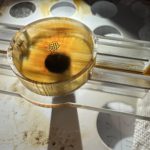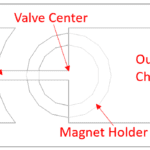Invention Coach:
Robert L. Read
Public Inventor(s):
Joe Hershberger
Previous PIs:
Veronica Stuckey, Lisa Kotowski
Motivation:
The motivation behind the Passive Ferrofluid Check Valve (PFCV) project is to create a novel, passive one-way valve using ferrofluids with no moving parts, making it ideal for lab-on-a-chip applications. The valve’s simplicity and lack of mechanical components offer advantages in terms of reliability and ease of fabrication. The project explores the theoretical underpinnings of the valve and aims to improve its design and performance, potentially leading to new innovations in fluid control and pump systems with minimal mechanical complexity.
Story:
The story behind the Passive Ferrofluid Check Valve (PFCV) began with a desire to create a valve with no moving parts that could be easily integrated into lab-on-a-chip devices. After numerous experimental setbacks and a surprising breakthrough, the team discovered that ferrofluids—liquids that respond to magnetic fields—could be used to create a one-way valve that worked in the opposite direction of their initial assumptions. This unexpected outcome led to a successful design that showed promise for efficient, passive fluid control in small-scale applications.
Status:
Skills Needed
3D drafting skills, simulation work in Solidworks, a basic understanding of physics II principles, and some comprehension of the basics behind one-way valves for microfluidic devices
Quarterly Goals
Collateral






